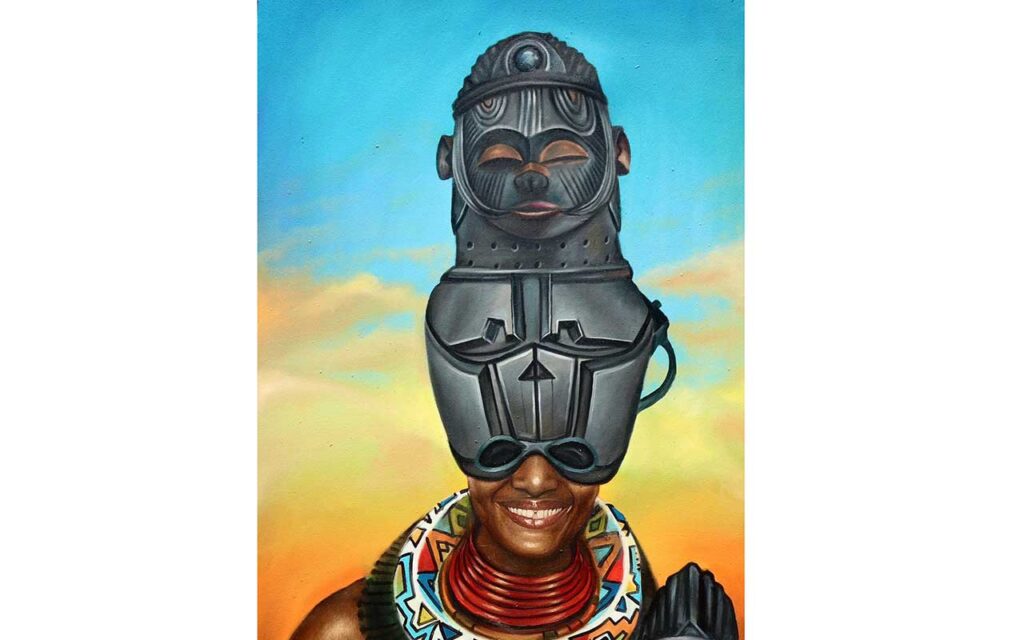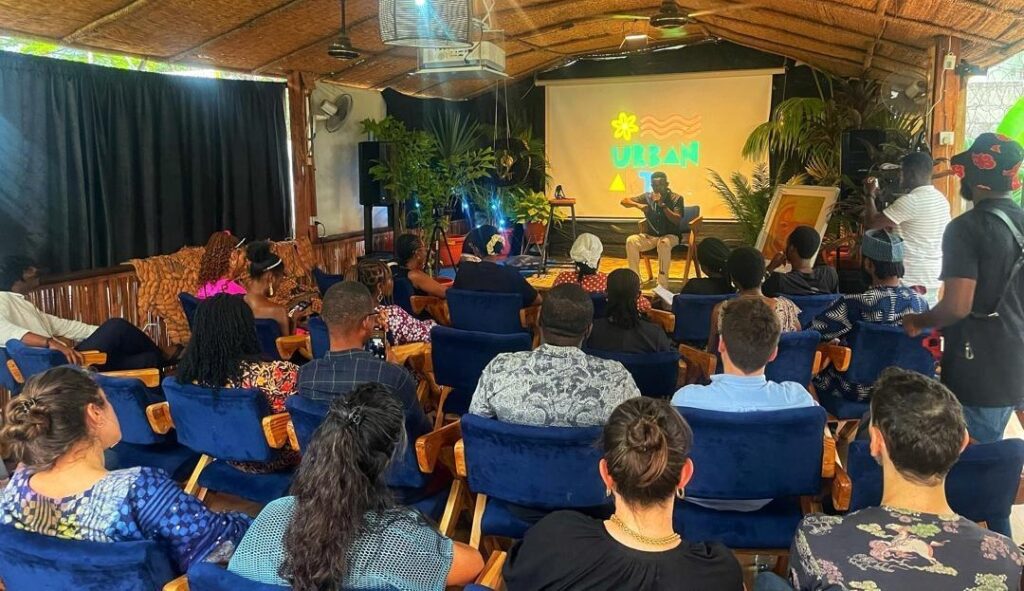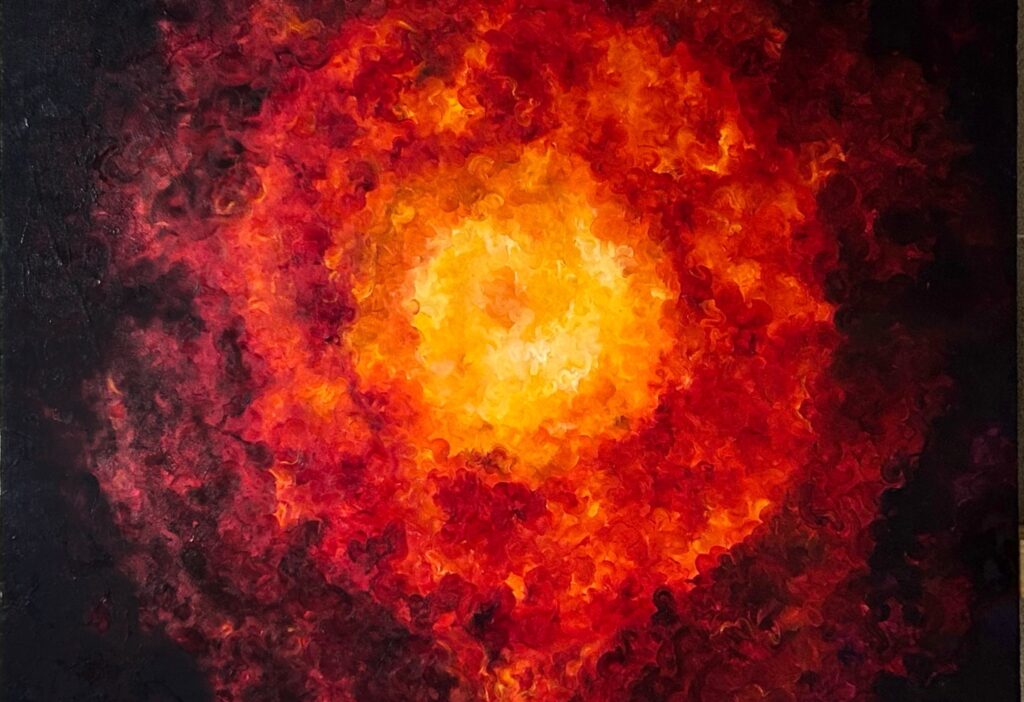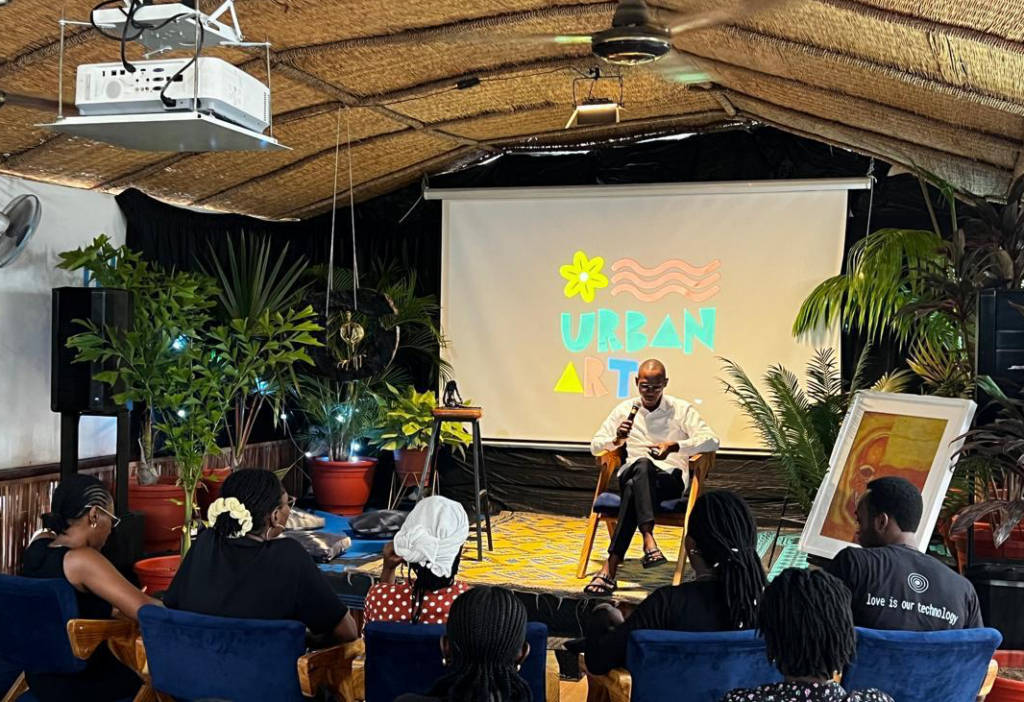
The Edo Museum of West African Art (EMOWAA) Trust has unveiled plans and programmes for its development in Benin City, even as work progresses on the construction of The Pavilion, designed by world renowned architect, David Adjaye, OBE in collaboration with Nigerian architects MOE+.
EMOWAA’s mission is to support West African heritage and culture, as well as to empower contemporary creatives. It intends to do this by providing infrastructure, research and education, as well as capacity building opportunities for scholars and creative professionals across West Africa.
Speaking at an interactive media parley in Lagos recently, Phillip Ihenacho, Executive Chairman of The EMOWAA Trust, explained, “EMOWAA’s initial focus will be on creating an ecosystem for research education and career opportunities for young creatives and professionals in cultural heritage management. The Pavilion is planned as an archives and research centre, providing space for learning and exchange, and archival space for works of art from West Africa and the Diaspora both contemporary and heritage. It will also be a space that will help catalyse the art and culture ecosystem by providing infrastructure for training, residencies, digital production, and growing a pipeline of future artists and researchers. In short it is about building platforms for the study, creation and display of art.”
Over the next few years, EMOWAA is proposing a set of targeted digitisation projects, which will culminate in three knowledge resources such as a virtual collection of exemplary West African artefacts, a public access digital heritage library with emphasis on trade relations, settlements and material culture of medieval West Africa and digital mapping of material and intangible heritage Ancient Benin, including its expansive earthen works systems.
To kickstart these ambitions, EMOWAA is already training artists and museum practitioners on three-dimensional scanning and processing, working with globally renowned Factum Arte to embed key skills and practices in Nigeria, with the support of the Ford Foundation. The resulting digital archives and collection would significantly expand the possibilities for research, reconstruction and public education and enable a global audience to connect through exciting immersive displays and interactive learning events.
The Pavilion, which will provide state of-the-art-facilities for archeological research, conservation, and public programming, is envision a one-story building with approximately 38,000 square feet of interior space. It will feature an exhibition gallery with views into the collection study area, a 180-seater auditorium, conference rooms, conservation laboratories, and a library. The landscaped grounds outside will host informal public gatherings and curated outdoor programme.
The ambition is to create a world-class collections facility and establish a center of excellence for archeological science, conservation and museum practice in West Africa. The Pavilion will also foster contemporary West African and African-inspired art and culture by supporting contemporary artists and artisans with in-situ and satellite infrastructure, thus providing a hub for arts education and the creative industries.
Running concurrently with the building of The Pavilion, EMOWAA is currently focused on delivering four other key projects, which include the Digital Lab, Archaeology, the Creative District and Contemporary and Modern Art.
Speaking on the Project, Director, EMOWAA Pavilion Ore Disu, said: “Recent global debates have centred on the questionable morality of hosting African Art abroad. However, here at home, these events highlight the urgent need for facilities and expertise to manage our heritage, expand homegrown scholarship and address disconnections between practitioners worldwide of arts, culture and heritage. Without this, we risk diminishing restitution to a one-off event.
“EMOWAA seeks to seize this opportunity to reinvigorate contemporary creativity and discover new ways of interacting with our West African histories. This is why our first building is a place of learning, creativity and discourse.
The EMOWAA Pavilion will be a home for scholars, artisans, artists and museum practitioners. Its partnerships and programmes will breathe new energy into local scholarship and connect Africa’s rich heritage to its thriving contemporary art scene.
“This significant undertaking aligns with EMOWAA’s research and exhibition goals, establishing a base for ongoing programmes that rethink how archives and collections are engaged with and preparing for the upcoming Museum district. Spearheading EMOWAA’s wider pursuits, it will serve as the engine room for public interactions across an emerging creative district located at the heart of one of Africa’s most historic cities,” he said.







